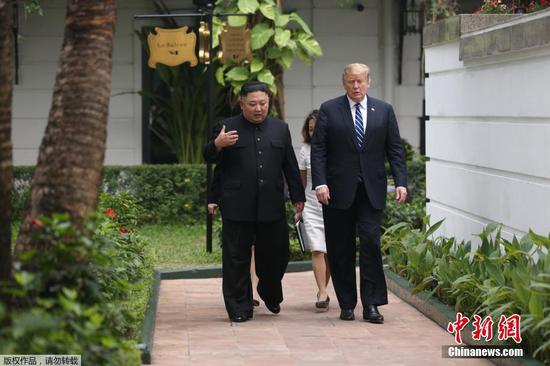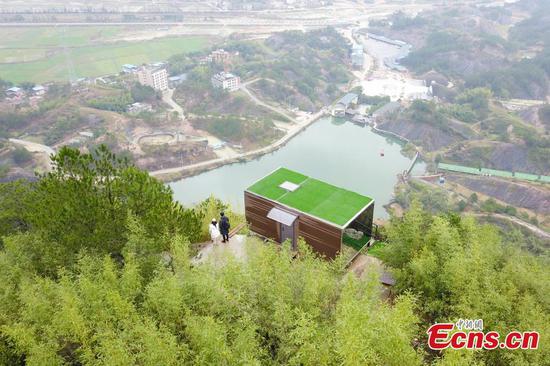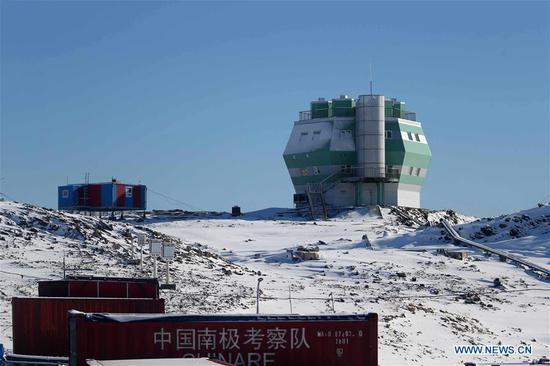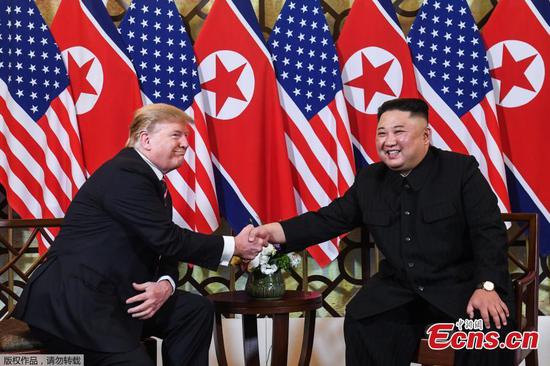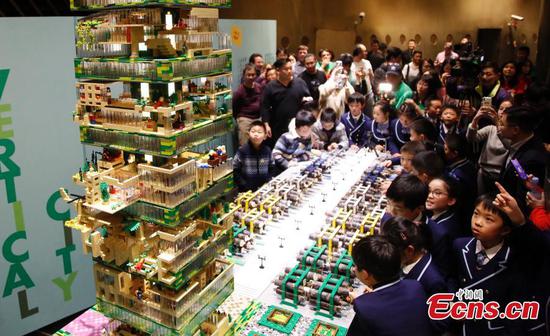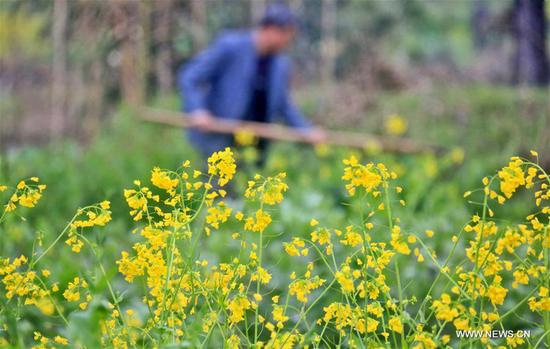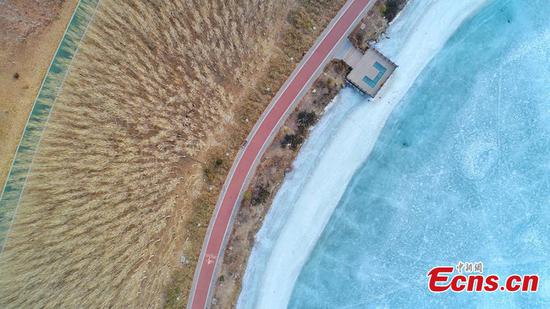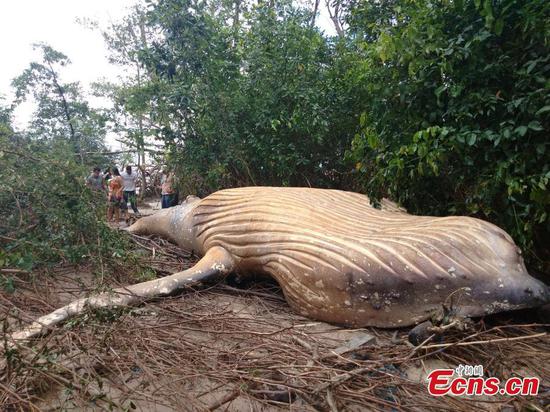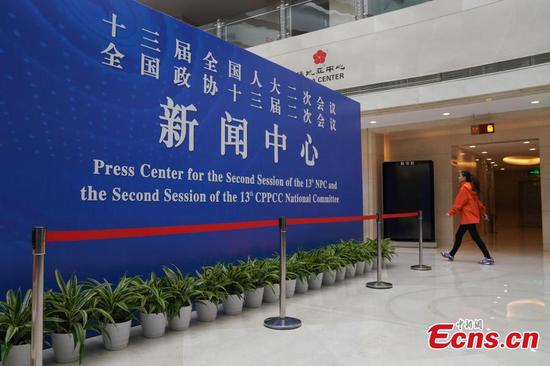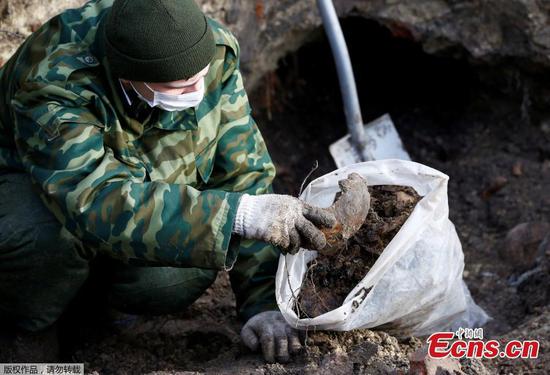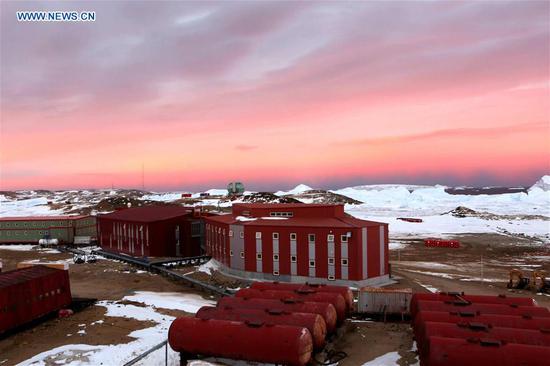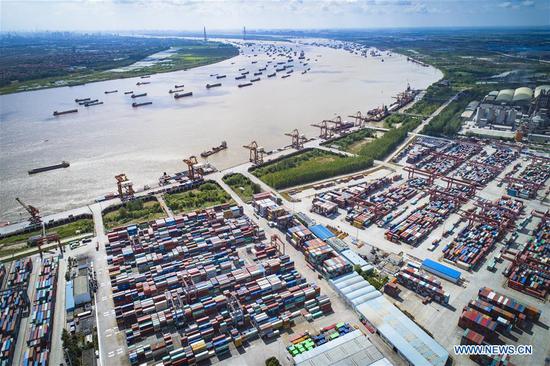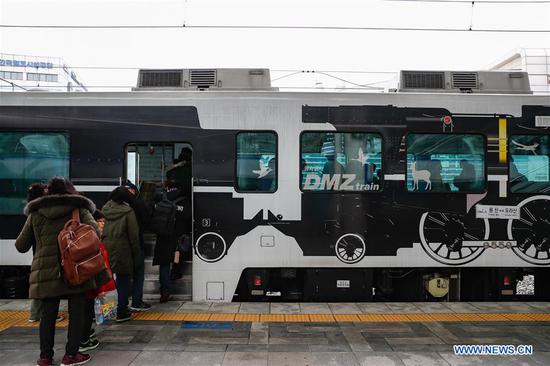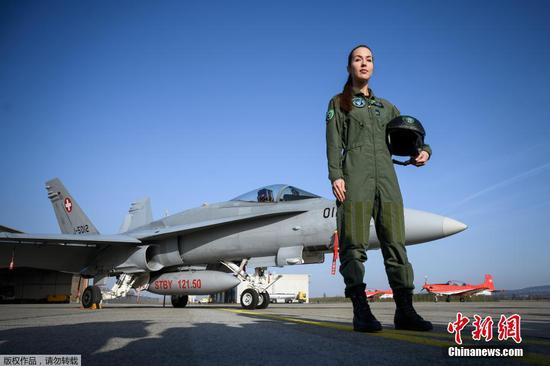The annual sessions of China's top legislative and political advisory bodies to be held in early March is drawing particular attention this year on how the country will manage to maintain stable growth amid lingering downward pressure.
The second session of the 13th National People's Congress (NPC), and the second session of the 13th National Committee of the Chinese People's Political Consultative Conference (CPPCC), also collectively known as the "two sessions," will open on March 5 and March 3 respectively.
The Chinese economy expanded 6.6 percent in 2018, meeting the official target as high-quality development accelerated. Stable growth in 2019 is essential as this year is a "key year" in China's goal to build a moderately prosperous society in all respects.
Following is a list of key economic terms that will outline China's plan in maintaining stable 2019 growth.
-- GDP growth
As an overall indicator of economic expansion, China's GDP growth target has been set unchanged at around 6.5 percent for two consecutive years from 2017 to 2018. On the provincial level, the majority of China's local governments have lowered the number this year, while over ten provincial regions set the target within a range.
-- Fiscal deficit
China lowered its 2018 fiscal deficit target, one major part of fiscal policy, to 2.6 percent of its GDP, down from the 3-percent level in 2016 and 2017. The government has vowed to maintain a proactive fiscal policy and further expand issuance of special-purpose local government bonds.
-- Tax reduction
China has been committed to cutting taxes and fees for enterprises and employees in recent years in a bid to boost investment and consumption. Total taxes and fee cuts reached about 1.3 trillion yuan (194.3 billion U.S. dollars) last year.
-- Monetary stance
The annual Central Economic Work Conference said China will keep the prudent monetary policy "neither too tight nor too loose" this year while maintaining market liquidity at a reasonably ample level. China didn't mention a concrete M2 money supply or social financing growth target in 2018.
-- Job creation
Employment comes first in the six fields the country aims to stabilize in 2019. China first set the goal of surveyed urban unemployment rate in government work report in 2018. Over 13 million urban jobs were created last year, beating the official target of 11 million.
-- Poverty alleviation
As one of the country's "three tough battles," reducing poverty is expected to accelerate this year to achieve the goal of lifting all its rural residents living below current poverty line out of poverty and eliminate poverty in all poor counties and regions by 2020. China still had 16.6 million poor people by the end of 2018.
-- Trade growth
China's foreign trade grew at a pace of 9.7 percent year on year in 2018. Greater efforts will be made to increase imports and exports, push for a more diversified export market, and cut institutional costs of importing procedures, according to the Central Economic Work Conference.
-- Property market
This is one of the most popular "two sessions" topics based on a recent online survey. A string of management policies has helped stabilize housing prices, official data showed. The government has called for a long-term mechanism to maintain the sound development of the real estate market and adhering to the principle that "housing is for living in, not speculation."
-- Science and technology innovation board
The sci-tech board, as well as experiment of registration-based IPOs, are expected to be a highlight of China's capital market reforms this year. Preparation has been in high gear since its proposal last November. It is expected to be rolled out as early as the first half of this year.
-- Foreign investment
A draft of China's foreign investment law will be submitted to the upcoming annual session of the top legislature, National People's Congress. Once adopted, it will help China attract more foreign investment and better protect foreign investors' legitimate rights and interests.
















